It’s Dengue Season, Let’s Learn About Mosquitoes
Dengue fever is a viral infection transmitted by mosquitoes. It is common in tropical and subtropical regions. Most people infected with dengue won’t show symptoms, but if they do, they might experience high fever, headache, body aches, nausea, and a rash. Fortunately, most recover within one to two weeks. Dengue fever is on the rise and, as we reported earlier this week, Orange Walk, Cayo and Toledo districts recorded over three hundred cases since the beginning of the season. News Five’s Isani Cayetano reports.
Isani Cayetano, Reporting
Recognized by white markings on its legs, the Aedes aegypti is a mosquito that can spread a number of viruses and other disease agents. These illnesses include dengue fever, chikungunya, Zika and yellow fever. The vector comes from Africa, but is now present in various tropical, subtropical and temperate regions across the world.

Dr. Jorge Hidalgo
Dr. Jorge Hidalgo, Internist
“That is the variety of the mosquito that, and the females, for the eggs, they need the blood and then they deposit the eggs and then in these good climate conditions, especially flooding.”
 It’s dengue season and the swarms of mosquitoes that come alive at sunset are voracious. Males thrive on fruit, while their female counterparts are bloodsuckers. They need it to mature their eggs. These small biting flies are attracted to chemical substances produced by mammals, including ammonia and carbon dioxide. Hosts include horses and humans.
It’s dengue season and the swarms of mosquitoes that come alive at sunset are voracious. Males thrive on fruit, while their female counterparts are bloodsuckers. They need it to mature their eggs. These small biting flies are attracted to chemical substances produced by mammals, including ammonia and carbon dioxide. Hosts include horses and humans.
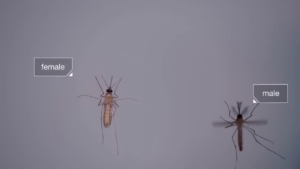 Dr. Jorge Hidalgo
Dr. Jorge Hidalgo
“The mosquitoes have developed abilities to become more resistant as with everything else. The mosquitoes create especially the virus because dengue is a virus disease with the mosquitoes ability to survive in urban and suburban regions and the perfect conditions. What are the perfect conditions? Right now, it’s rainy season, it’s hurricane season. We have flooding and we have water contained in different areas that are essentially the perfect space for the mosquito, for their eggs to hatch and we have more.”
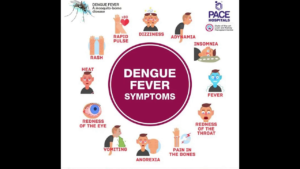 Dengue fever is frequently asymptomatic; if symptoms appear they typically begin three to fourteen days after infection. There is no specific treatment for dengue fever. In mild cases, treatment is focused on treating pain symptoms. Severe cases of dengue require hospitalization.
Dengue fever is frequently asymptomatic; if symptoms appear they typically begin three to fourteen days after infection. There is no specific treatment for dengue fever. In mild cases, treatment is focused on treating pain symptoms. Severe cases of dengue require hospitalization.
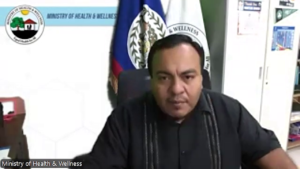
Kim Bautista
Kim Bautista, Chief of Vector Control Operations
“As a country, we have reported eight hundred and sixty-five dengue cases, three hundred and eighty-three lab-confirmed cases, and four hundred and eighty-two clinical confirmed cases. Seventy-five percent of those cases come from the Orange Walk, Cayo and Toledo districts. The Toledo District, majority of their cases are from Punta Gorda Town and, of course, Bella Vista.”
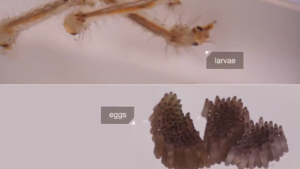 Back in March, the Pan American Health Organization warned of an increase in dengue cases in the Americas. At the time, over three point five million cases and more than one thousand deaths had been reported in the region.
Back in March, the Pan American Health Organization warned of an increase in dengue cases in the Americas. At the time, over three point five million cases and more than one thousand deaths had been reported in the region.
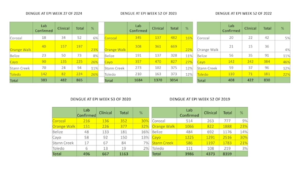 Kim Bautista
Kim Bautista
“In 2019, a record was set for the highest incidents of dengue in the region. At that time, the region saw three point one-eight million dengue cases. That record was broken in 2023 where the region saw four point five million cases. We’re at week twenty-seven, but the most recent report from PAHO shows that at week twenty-four of this year, there has been a reported ten point one million cases. So you could see where, in the past five years, the region has seen three records set for the highest incidents of dengue ever.”
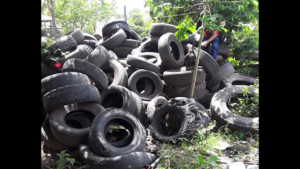 Several environmental and social factors contribute to the spread of dengue, including rising temperatures, extreme weather events, and the El Nino phenomenon. Rapid population growth and unplanned urbanization also play a crucial role, including poor housing conditions and inadequate water and sanitation services create mosquito breeding sites through discarded objects that can collect water.
Several environmental and social factors contribute to the spread of dengue, including rising temperatures, extreme weather events, and the El Nino phenomenon. Rapid population growth and unplanned urbanization also play a crucial role, including poor housing conditions and inadequate water and sanitation services create mosquito breeding sites through discarded objects that can collect water.
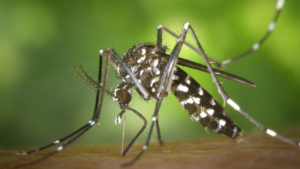 Dr. Jorge Hidalgo
Dr. Jorge Hidalgo
“Most of the time, the classic signs of dengue is the patients, after they are bitten by the mosquito, we have an incubation period that can vary between three to fourteen days and an average of seven days. In that moment then the patient starts to develop initially fever and this fever can last up to five days. This fever with associated symptoms, most commonly the patients are going to complain about having pain behind the eyes, muscle ache or, in some other areas, we call it breaking bone fever because it’s a lot of pain in the muscles and also it’s like arthritis type of pain.”
PAHO Director Jarbas Barbosa calls for action, advising strongly for heightened efforts to eliminate mosquito breeding sites and protect against mosquito bites. There is also a need for increased readiness in health services for early diagnosis and timely clinical management, and continuous work to educate the population about dengue symptoms and when to seek prompt medication. Isani Cayetano for News Five.






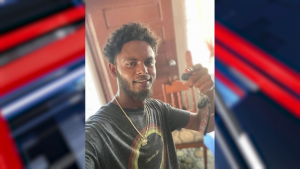
Facebook Comments